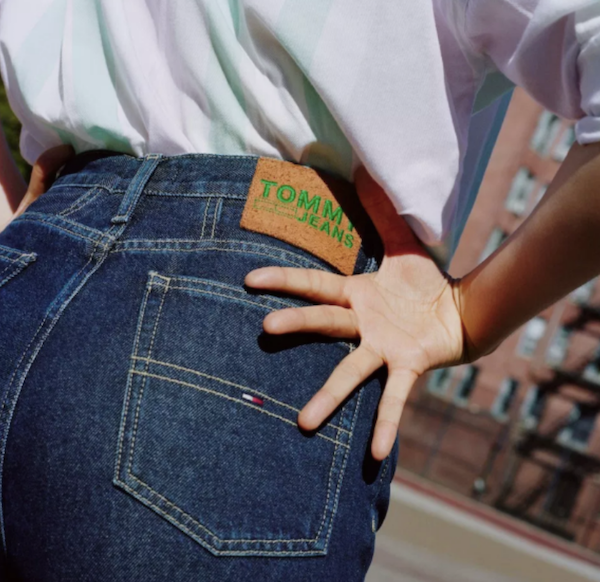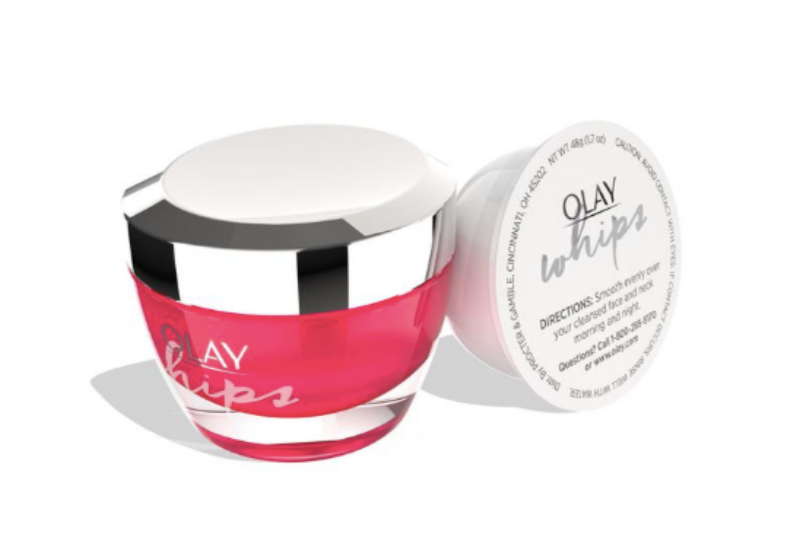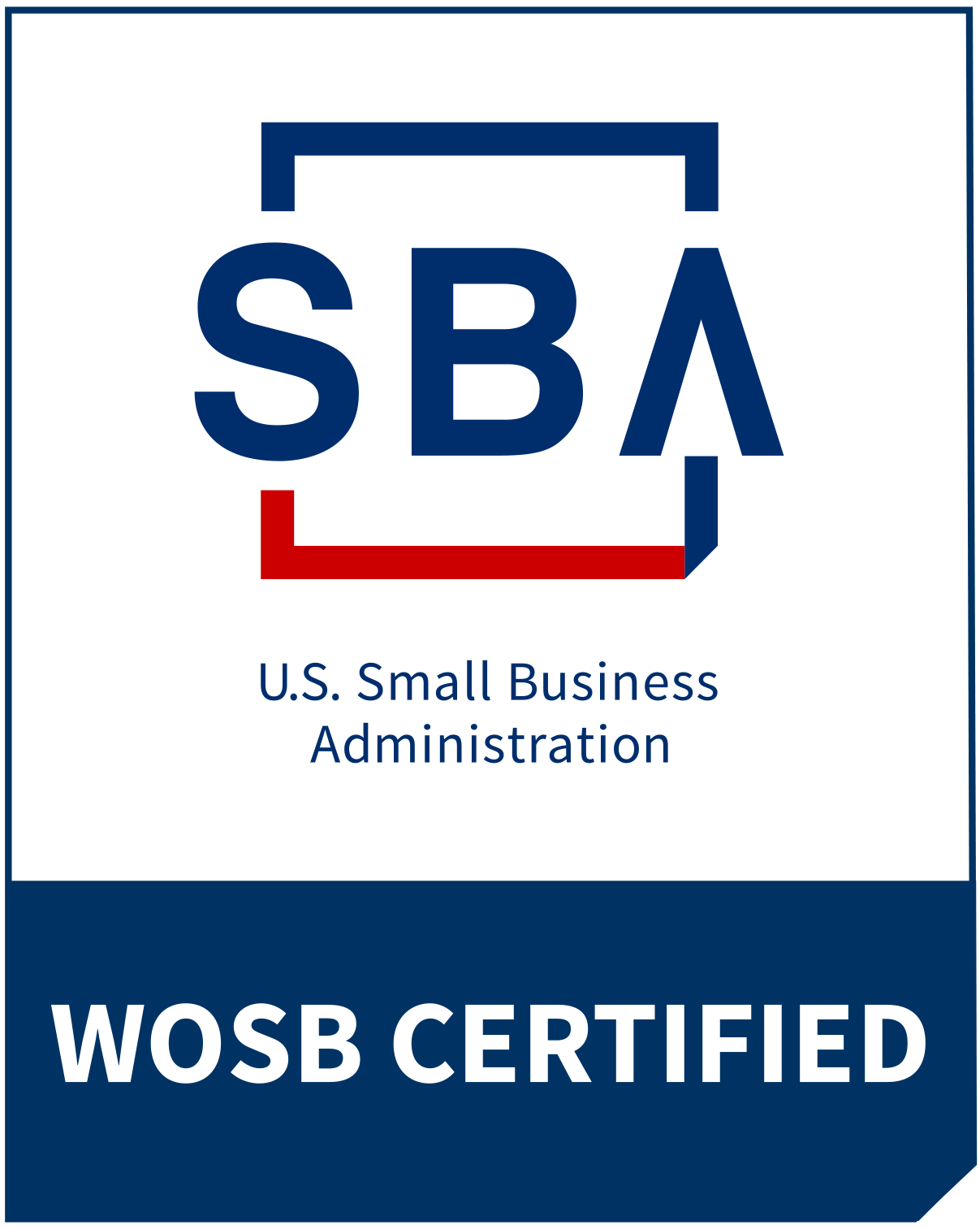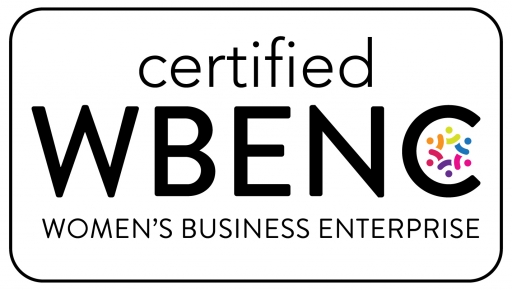You can’t spend more than 30 seconds on social media or news these days without reading about a BigCo that is taking action in the sustainability space, and for a good reason. Consumers increasingly expect a brand’s values to align with their own, and sustainability tops the list of many. Younger Millennials and Gen Z consumers expect brands to demonstrate a commitment to ecological balance in everything they do, and to take a stand on doing better for the world.
We’ve watched this consumer tension grow as we have trend scouted in this space since the beginning of The Garage Group and more now than ever, brands across categories are putting stakes in the ground with a long-term commitment to protecting and respecting natural resources.
Andrew Winston, a sustainability mega-trends expert, speaker, and author makes it clear that the era of corporates being able to write off sustainability as “only for hippies” is over. He showed significant evidence on the shifting tide, especially with big capital firms backing sustainability.
Here are a few reasons why BigCos are taking action more now than ever in the sustainability space:
- It makes financial sense. In many situations, making changes is more profitable and less costly. Andrew Winston pointed to the quick shift from coal to solar, wind, and other renewable power sources because of the financial profitability. And, brands are beginning to acknowledge the costs of bad press over a lack of a sustainability ecosystem and the potential to lose customers who demand behavior that supports sustainability. Even fashion – known for wanting consumers to buy new apparel for each season – is recognizing the financial implications of not embracing sustainable practices.
“Brands are starting to realize that the amount they save by not having sustainable practices is outweighed by the detrimental cost of all the negative press. In fashion it’s always about money. That’s why we’ve seen brands start to take it seriously. ”
— Fashion Journalist and Curator, Lou Stoppard
- It’s a means of attracting and retaining talent. Now more than ever, the workforce – particularly younger workers – cares about how companies do business, not just that they deliver cool things.
- Be part of changing the world. Companies are grappling with the shifting expectations of their place in the world. More and more consumers believe that companies have the resources and responsibility of solving the world’s biggest problems.
- Doing nothing = ignoring major business threats. The World Economic Forum’s The Global Risks Report 2019 identified several sustainability-related threats as high likelihood/high impact: extreme weather events, failure of climate change mitigation and adaptation, natural disasters, and more. Notably, this report features economic, environmental, geopolitical, societal, and technological threats, so seeing this many environmental threats in the top quadrant is significant.
Inspiring executions in support of a sustainability ecosystem include:
Greta Thunberg is a 16yr old Swedish climate activist who is mobilizing her generation through school striking for the climate crisis. A key question that brought her to action is: “If burning fossil fuels was so bad that it threatens our very existence, how could we just continue like before?”
Marie Kondo is the well-known queen of decluttering. While not overtly connecting her message to sustainability, it’s a key part of the mindset shift behind “reduce.” Buying less and buying only the things necessary is imperative in this culture of 24/7 access to anything that we could possibly want via e-commerce.
Dumpster diving is a practical way to see what’s truly left after you’ve taken steps to reduce, reuse, and recycle. Maria Gutierrez of Bendix shares about their path to Zero Waste and iteratively optimizing the process along the way by checking the dumpsters to see what was left.
Product lifecycle analysis across the holistic journey is critical because some choices look great at a singular point in the life cycle, but net higher emissions or waste in the end. Sal Pallingra of ProAmpac shares a graphic similar to this one demonstrating the lifecycle analysis of a grocery bag and the break-even points for cotton canvas bag.
Behavioral Science to change habits. The city of Columbus employed a behavioral insights firm to bridge the intention/action gap. They found that consumers who test drove an electric vehicle were significantly more likely to purchase, so they’ve had several test-drive events.
Fashion looking inward. Innovations in apparel are happening on the front end with examples such as Adidas’ use of Parley Ocean Plastic® polyester yarn in its adidas x Parley sportswear; and on the back end where Tommy Hilfiger has just released a line of jeans made from 100% recycled cotton denim. The jeans are made from cotton scraps from cutting room floors that have been recycled using a mechanical process that requires less water and chemicals, hence generating less carbon dioxide. The thread used is sourced from recycled plastic bottles; and labels are made from recycled paper.

Refillable solutions. CPG giant Procter & Gamble has announced Olay Regenerist Whip refill: a moisturizer with a recyclable paper refill pod that can be placed inside the container; and organic food maker Annie’s connects the sustainability dots for consumers by turning milk jugs into the packaging for cereal that people enjoy with milk in the morning.

And, what do consumers cite as their biggest unmet need? Understanding what’s recyclable and what’s not recyclable in their specific area. Because this changes by city, county, and region, it can be very confusing to consumers. National and international news stories add to the confusion and consumers assume that because items like straws are being rejected by China, that must be the case locally, too.
At The Garage Group, we joke about the personal cost of doing trend research and how we’re compelled to buy the cool stuff we find. TGG staff have purchased mattresses, shoes, and countless food/bev items from discovery in trend research. A favorite find across our team is the use of Stasher bags for storing and preparing food and that allow us to abandon the use of disposable plastic bags altogether. Several TGGers have adopted these silicone bags for not only food but in organizing toiletries and office supplies, and for containing the inevitable clutter (despite our best Kondo-ing efforts).
And, recently, the recent Midwest Sustainability Summit was pricey for our Senior Director of Lean Research, Renee Murphy: after sitting in an electric vehicle, she and her husband decided to purchase one. As mentioned earlier, presenters at the Summit noted that the biggest barrier to EV purchase is driving it, and that was the case for Renee! (Anyone in the market for a previously owned gas vehicle)?
How might your company embrace sustainability as a behavior while also meeting consumer needs and expectations? At The Garage Group, we help BigCos innovate and grow like startups using a curated and continually evolving toolbox of resources. And, for more examples – particularly in Food & Bev – of sustainable behavior, download our 2019 report from Natural Products Expo West.


